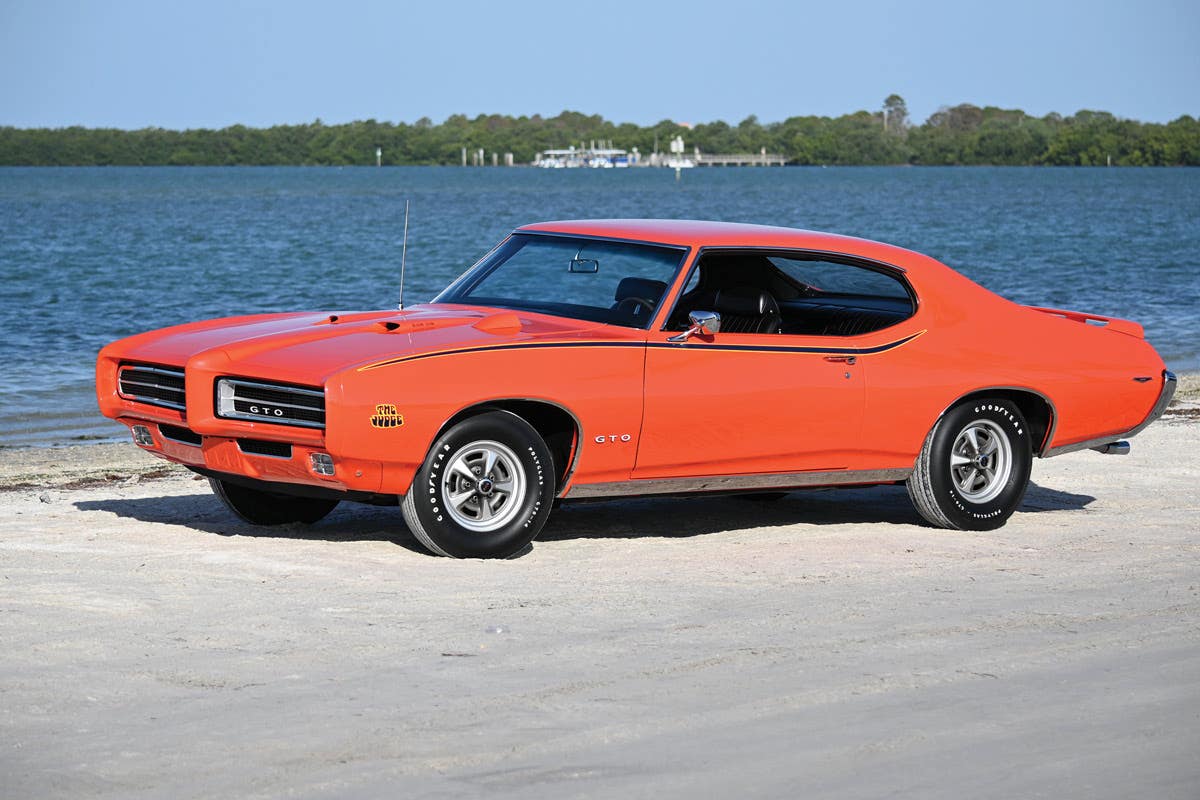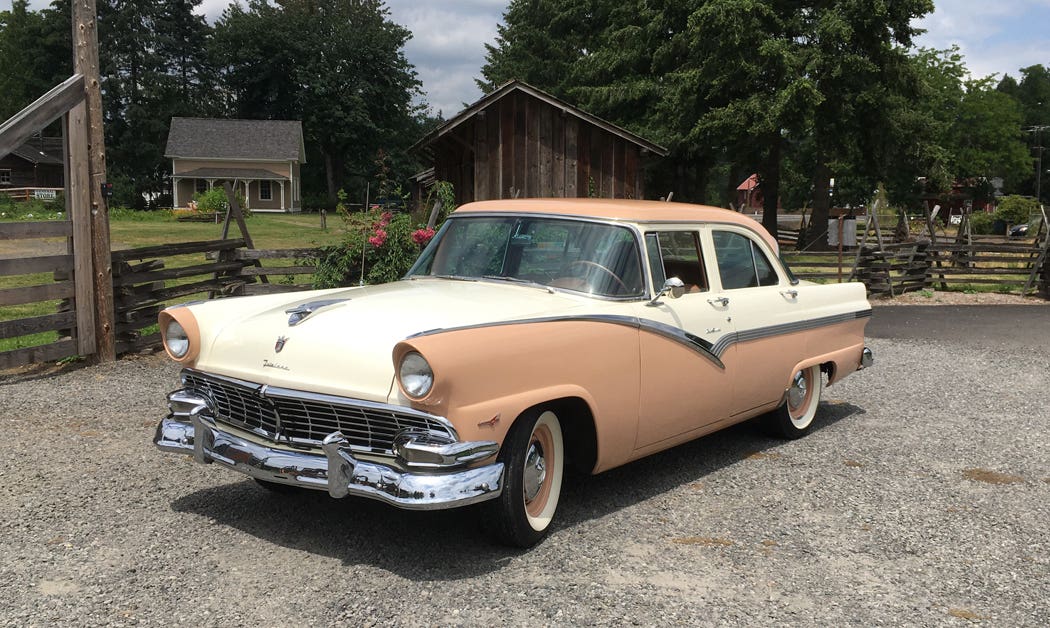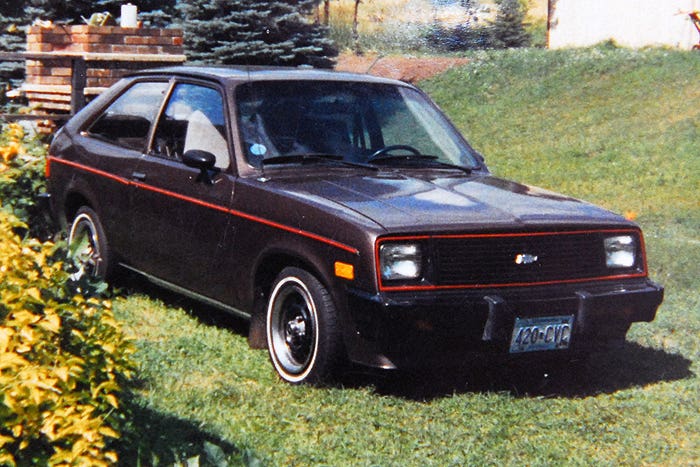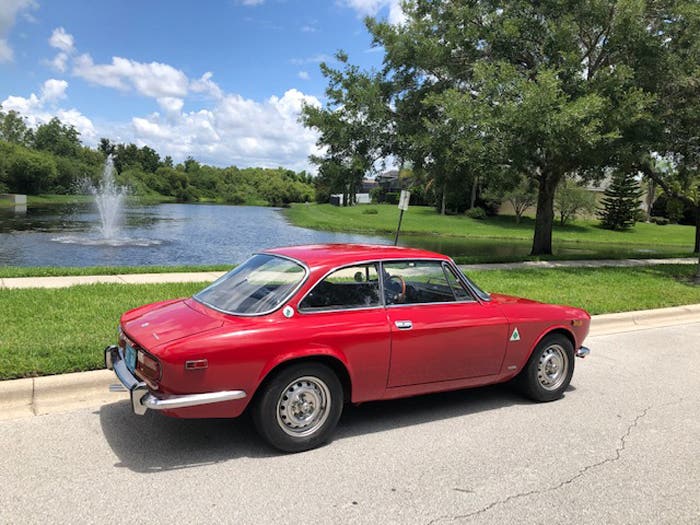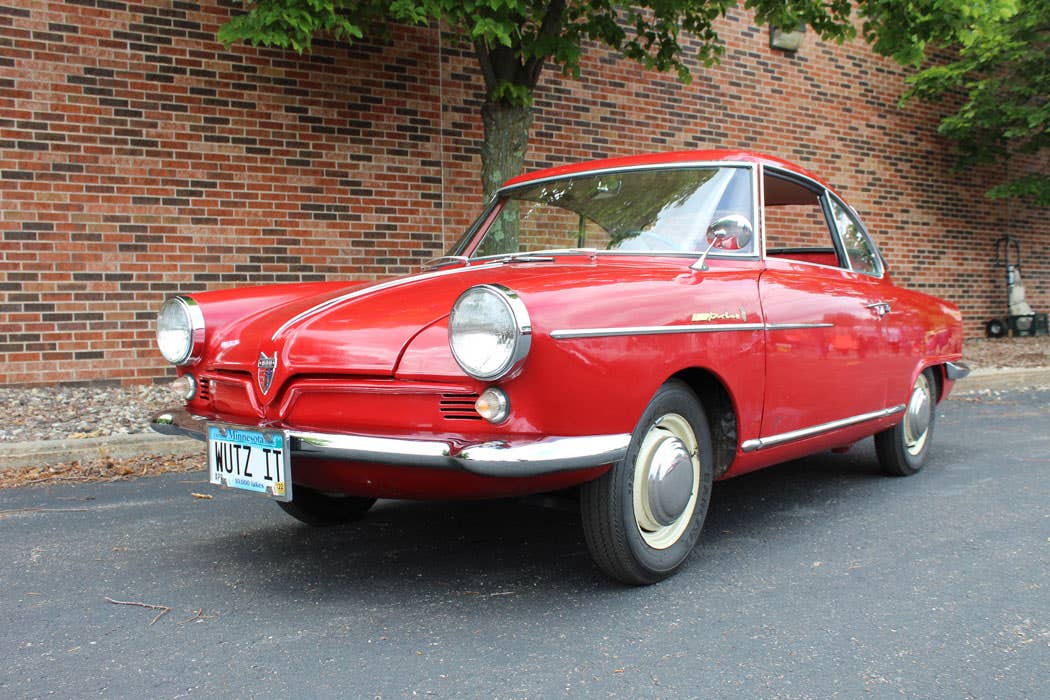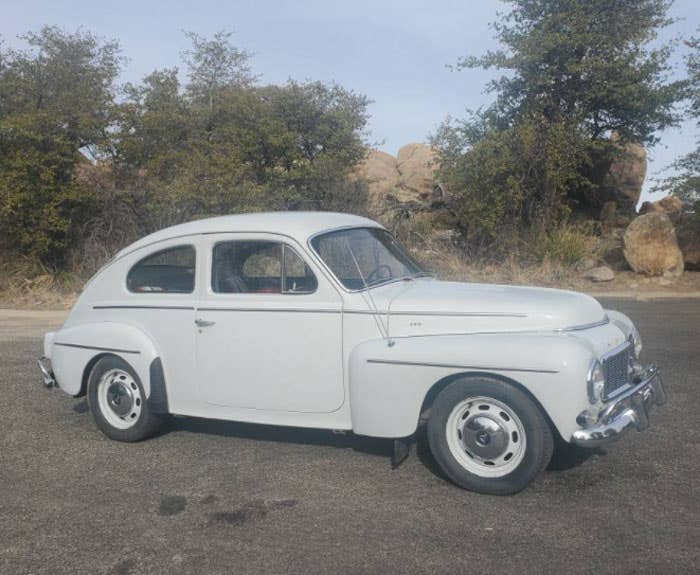Ford’s Edsel: The Titanic of Dearborn
The fanfare surrounding the development of the Edsel was filled with startling numbers
LIFE magazine called it "the first big new car to be brought out by a major automaker in nearly 20 years." Speed Age said the American motoring public had been "waiting with bated breath" for the new Edsel and Newsweek dubbed it "Ford's closely guarded $250 million treasure."
Even Walter Winchell wasted no time in passing along a positive response to the new car, reporting in his column that a burlesque comic thought the Edsel was a new sex.
Two styles of two-door hardtops were offered on Edsels in 1958. The top-of-the-line Citation (pictured) and the slightly less expensive Corsair carried this more formal roof.
This aura of optimism permeated the Edsel months before the first car bearing the name appeared. As early as August 1956, Ford established five regional sales offices under the direction of Ford Motor Co.'s Special Products Division to form the core of a new coast-to-coast network of Edsel dealers. By October, 24 district sales managers were named, and as the winter and spring months of 1957 rolled on, countless miles of newsprint and film were employed in introducing the new Edsel to an anxious public.
The fanfare surrounding the development of the Edsel was filled with startling numbers. "More than $250 million will be spent designing the car," claimed the sales promotion department. Then, on Jan. 21, 1957, Edsel general manager and Ford vice-president Dick Krafve predicted, "The new Edsel will surpass the originally announced first-year sales goal of 200,000 cars."
Such bubbling publicity spewed forth irrepressibly from Edsel division headquarters. And no doubt the company had faith in its own messages, since production facilities for Edsels were established all over the country, in places like Mahwah, N.J.; Sommerville, Mass.; Wayne, Mich.; Louisville, Ky.; and Mipitas, Calif. Five facilities would hardly be enough to meet the anticipated demand for the new Edsel, and before the first model was built, plans were underway for a second West Coast plant.
Then something went wrong. The 1958 Edsel premiered on Sept. 4, 1957, but not to the expected rave reviews and standing ovations. Nor were there long lines of potential buyers standing outside Edsel showrooms. In a generally bleak season for car sales, Americans, shocked by high new-car prices, opted instead to curtail purchases or try the imported economy models. By the time the downturn revealed itself, slightly more than 63,000 Edsels had been built. In January 1958, operations of the Edsel division were combined with those of Mercury, Lincoln and English Fords in the renamed M-E-L division based at Ford's Dearborn facilities.
This four-door hardtop 1959 Edsel Corsair had a production run of only 1,694, placing it at the top of the list for the rarest closed 1959 Edsel models.
History had never witnessed anything like it before. More money had been spent in the Edsel's launching than any previous product marketed to consumers anywhere up to that time ' a quarter of a billion dollars.
During the prosperous Eisenhower years, Ford had hoped that the medium-priced Edsel would lure the nouveau riche from the more expensive nameplates built by archrival General Motors. Ironically, the one area in which Ford management ignored costly market research was in naming the new car.
The name Edsel was purely commemorative. Edsel Ruddiman had been a school-boy chum of the elder Henry Ford, who later married Henry's sister Margaret. The two friends remained as close during their early adult lives as they had been in school, and when Henry's only child was born, he was named Edsel in Ruddiman's honor. Edsel and his wife, Eleanor Clay, had four sons and a daughter ' Henry II, Benson, William Clay and Josephine.
When the idea of naming the new car Edsel first came up, Edsel's children and their mother were united in opposition to the idea. As Henry Ford II put it, they did not want their father's name on thousands of spinning hubcaps.
Krafve and his product planning team of Emmet Judge, Myron Lieblich and public relations men Gayle Warnock and David Wallace had drawn up elaborate specifications for the new car's name. They were seeking one that would evoke elegance, fleetness and grace. That the new car was known as the "E" car (for "experimental") at that stage caused rumors to spread that it was merely a cover-up, and that a decision had already been made to call it Edsel. Among the more than 6,000 names considered, but ultimately rejected, were Thunderbird, Bullet and Silver Sword.
Meanwhile, rumors had been rife around Detroit that the new car's name would be Edsel, and given that it had been the choice of the full executive committee, Henry II and the family ultimately agreed to its use on the grounds that it would be a lasting tribute to the memory of their father. The public announcement of the name Edsel came on Nov. 19, 1956, with the previously considered names of Ranger, Pacer, Corsair and Citation becoming model names within the Edsel line.
That line included 18 models in two- and four-door sedans, hardtops and station wagons, plus convertibles in the Pacer and Citation models. Rangers and Pacers rode on a 118-inch wheelbase, while the Corsair and Citation shared a 124-inch wheelbase. Compared with contemporary Chrysler Corp. and General Motors models in 1958, the Edsel's sheet metal was sleek and clean and its interior as plush as the Kaiser that had expired in 1955. In addition to its distinctive "horse collar" grille, Edsel offered "Teletouch" automatic transmission ' controlled by push buttons in the center of the steering wheel hub ' on certain 1958 models. Power was supplied by two V-8s: a 303-hp 361-cid engine in the Ranger, Pacer and station wagons, and a 345-hp, 410-cid engine in the higher-priced Corsair and Citation models.
"Edsel already an expression of good taste," read the ads for the 1959 models which, it was claimed, offered luxury at Ford and Chevrolet prices. This was a turnaround from the Edsel's original aim to rival the costlier class inhabited by Buick, Oldsmobile and De Soto. Although the Edsel line for 1959 was down to 16 models, the number of dealers nationwide increased by 80 percent, suggesting Ford's optimism for a brighter sales year. Contrary to expectations, Edsel sales plummeted to 44,891 units in 1959.
For 1960, the Corsair was dropped, and Edsel's standard powerplant became a 292-cid V-8 delivering 185 horses. For an additional $58, Ford's 300-hp, 352-cid "Super Express" V-8 could be had. So equipped, the 3,700-pound Edsel would scoot from a standstill to 60 mph in less than 10 seconds. The Edsel's upright central grille was replaced by a horizontal motif in 1960, and fender and body-side chrome accents served to distinguish the Edsel from other 1960 Fords. Air conditioning, power steering and two- and three-speed automatic transmissions were optional.
In the fall of 1959, only 2,571 Rangers and 275 station wagons were built to 1960 specifications, making these the rarest models among Edsel's three production years. On Nov. 19, 1959, Ford announced it was ceasing Edsel production. Thus, what began as a flashy, mid-priced luxury car became merely a flash in the pan. At least until collectors discovered the Edsel. In 1968, the Edsel Owners Club was created, followed in 1969 by the founding of the International Edsel Club.



